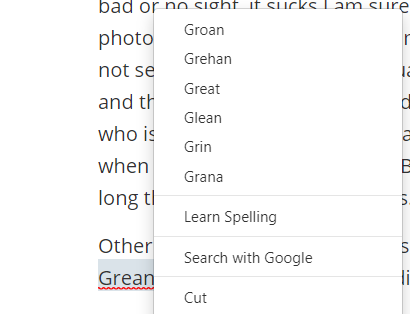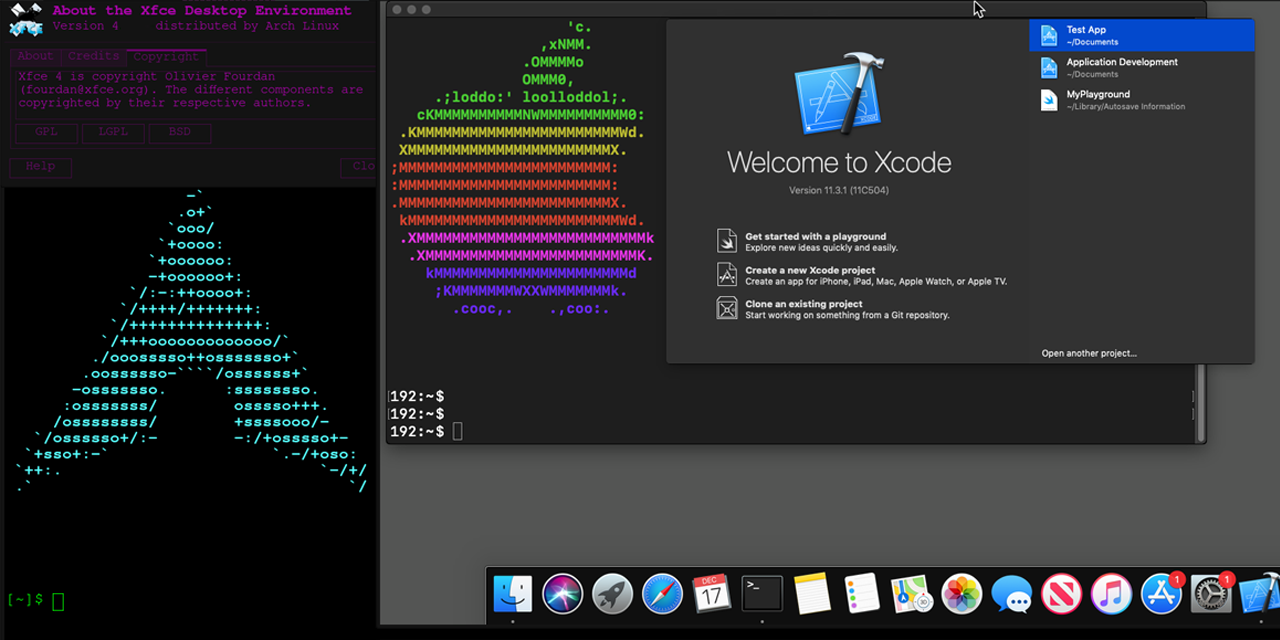Weekly Wrap Up (11.19.2023 to 11.25.2023)
Oh look, I fell into the “Trap of Not”. I am pretty sure I mentioned it before. It’s just a little phrase I think about sometimes when I want to do something but I just, do not. Specifically, in this case, writing and blogging. Like these little Saturday write-ups, I wanted to at least keep up with them, but I ended up, well, not. I also feel stupid jealous of people who blog and write regularly right now.
Look at Cynni’s Blog here, she writes daily. Long detailed posts, daily, with her dog and her little neat cartoon images spiced in. I’m jealous of that. My excuse is often that I don’t have the time, but the reality is, I kind of DO have the time. I just keep falling into Not. Another one that I’d love to be more like with Lameazoid is The Figure in Question. Not so much daily reviews, just more a long daily catalog of “here is this figure and this is why I like it.”
A while back I picked up this massive ball of blogs from a Hacker News posts. I’m still, still going through them, months later. There are so many that seem to have died for one reason or another. I mean, writing regularly, or even semi-regularly I suppose, is not for everyone. The process of going through them is slow, but there has been a fun accidental mechanism in my RSS reader that has helped. Basically, the feeds never update all at once. I get maybe 10-15 new ones showing up daily, but I think it’s timing out otherwise. So I skim through the ones that do show up and see if any of them are interesting, if not, I dump them. If they are interesting I throw them in a new category to better look at later, or if they have an obvious theme, I categorize them accordingly, since it’s Hacker News, it’s MOSTLY “Personal Blogs – Tech Enthusiasts”.
It’s also weird how some of these people organize their blog titles. Some people give useful information, and some just have these weird one-word titles that feel completely meaningless. Some of these blogs seemed completely themed around some extremely obscure tech topic (I usually drop these). You can tell when someone started a blog because they picked up some goofy random new coding language. Most of these I find, are also dead blogs. I guess they got tired of the topic or didn’t find an audience or something.
I always tell myself I don’t care about having an audience, and I keep plugging away at it anyway. For decades now. It’s a little crazy maybe. And I just write whatever comes to mind. I’ve been sitting here for an hour or two, having eaten my breakfast, done some daily quests in Sky, and browsed my RSS reader. Everyone else in the house is still asleep except the cats, so it’s nice and quiet. Anyway, I tell myself I don’t care about an audience, but also I don’t understand why everything seems to go nowhere.
Which brings up some of my activities this week. Working a bit to better understand the whole Search Engine Search Console thing. I set up a plug-in to give both blogs a mobile theme because I know Google complains about that. It’s boring and ugly, it gets the job done, I guess. I also have no idea why some of the issues listed are simply, “Page discovered but not indexed”. Like, ok, that’s on you, why are you not indexing them? No other explanations were given. I’ve also found it wants to index pages for individual images and such.
Which is another thing I should do. I need to flip through the gallery adding alt text to images. For accessibility. I am all for accessibility, but honestly, most of the images, don’t super matter or are meaningless if you can’t see them. Sorry people with bad or no sight, it sucks I am sure, but me describing a random concert photo, is not going to help you get the feeling of the photo. Most other images amount to something basic, “Python Logo”, “XXXXX Album cover.” You are not missing anything not seeing it. I think there is actually a way to get screen readers to ignore those images. A picture is worth a thousand words, and those thousand words already exist in the Blog Post the picture is in. There is one blog I read in my RSS reader with a dude who is absolutely obsessed with alt text. Like, it’s literally probably something he should see a shrink or something over because when I write obsessed, I mean OBSESSED. If I were a person who needed alt texts, I would be upset with how wordy and insanely long this dude makes his alt texts.
Other fun this week, it is, of course, Thanksgiving. We went to my parent’s house and had a very basic turkey, potatoes, corn, and green beans, style Thanksgiving dinner. My brother and his family were busy. It was enjoyable.
Side note, I typo-ed the word green. Are you OK there Spell Check? The obvious word is not there at all.
I’ve decided to dump the whole “What I Got” part of these. I might do the toys and games stuff on Lameazoid if I ever started regularly posting there again, but I did want to throw in that I bought some more memory for my gaming PC. It came with 16GB, which is decent, but I’ve been doing some AI stuff and I may move my Video Editing to that PC from my old PC, so I added another 32GB of RAM. Total of 48 now, which is probably a bit excessive. Nothing fancy, I was looking at fancy but realized that it wouldn’t do any good because it’s just going to clock down to match the speeds of the current 16GB, which was plenty fast enough already.


